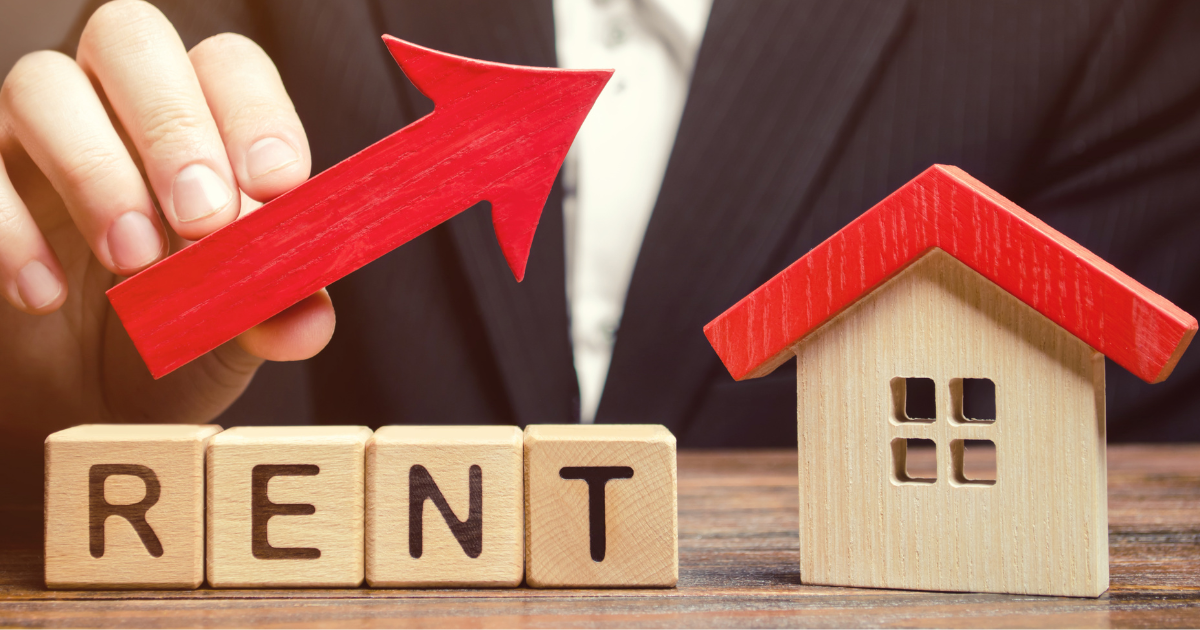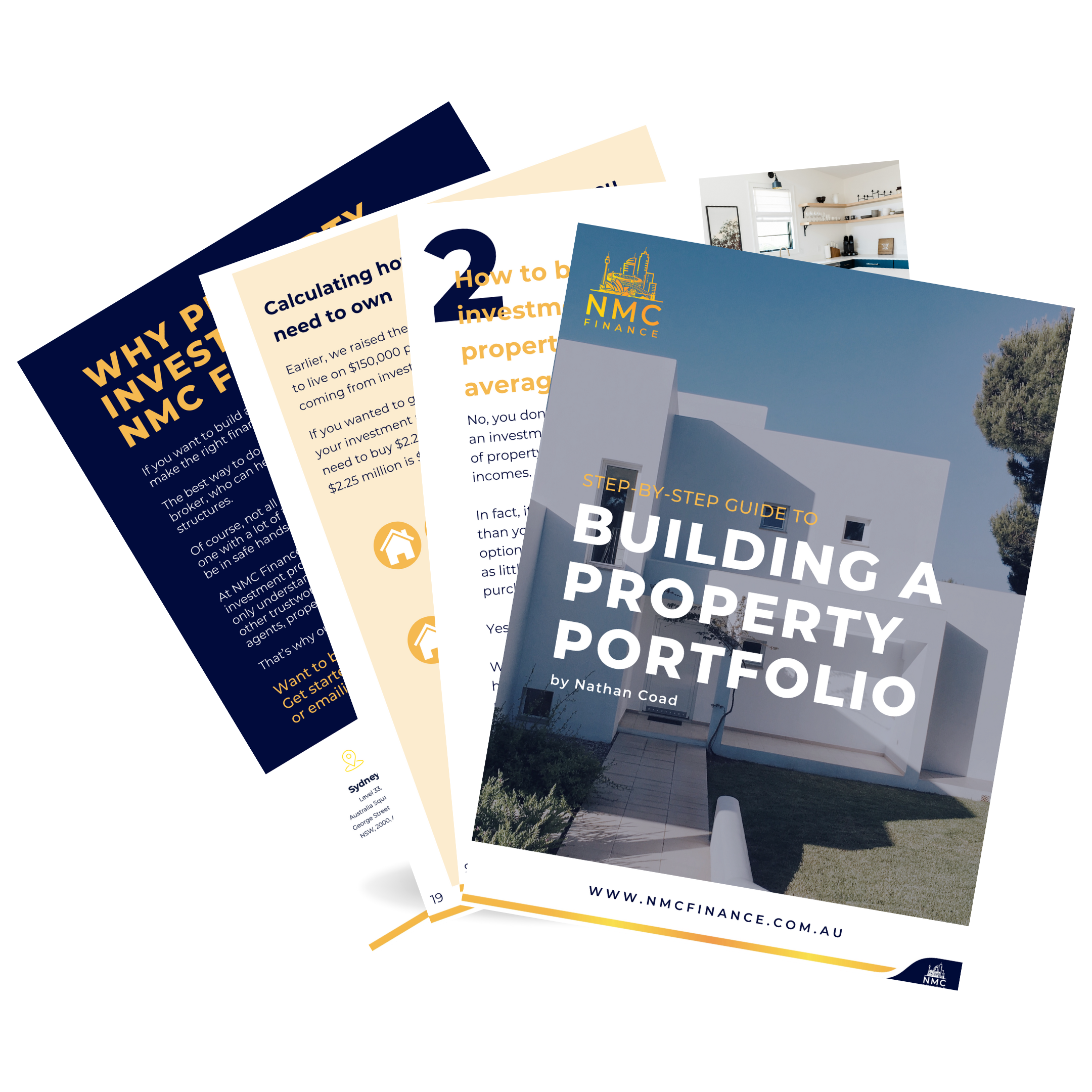Australian rental rates surge in Q1 2023
A recent report from CoreLogic shows a sharp rise in Australian rental prices for the first quarter of 2023. The Quarterly Rental Review has identified an overall increase of 2.5% in the rental market, compared to the 2% growth in the previous quarter. The increase is driven by a surge in unit rental rates across Sydney and Melbourne, rising by 5.3% and 4.3%, respectively.
As rental prices continue to soar, now is an ideal time for renters to consider buying a home. This article will offer insight into Australia’s most and least expensive cities to rent in, based on the report. It’ll also explain our top three tips for renters wanting to transition towards home ownership.
Australia’s most expensive cities to Rent
CoreLogic’s report identified Sydney as the most expensive capital city to rent all dwelling types for the second quarter in a row. A typical rental house in Sydney costs $747 per week, and a typical unit can be rented for $648 per week. Canberra was the second most expensive, with a median rent of $674, followed by Brisbane ($599) and Darwin ($588).
Australia’s least expensive cities to Rent
Melbourne recorded the largest quarterly increase in rent at 3.7%. Yet, it remains Australia’s most affordable capital city to rent in, with a median rental value of $526. Adelaide has maintained its position as the most affordable capital city for units, with a typical rental price of $443 per week. Other more affordable cities were Hobart, with a median price of $563 and Perth averaging $573.
Why are rental prices increasing?
The surge in unit rental prices had a sizeable influence on the rental increase across Australia’s largest capital cities. This is because of increased overseas migration, the return of foreign students, and a limited supply of rental properties.
During the four weeks leading up to April 2nd, the total number of rental listings for residential properties across Australia was just under 95,000. A dramatic decrease of 17.3% compared to the same period in 2022 and a staggering 36.3% decline from the previous five-year average. As a result, the national vacancy rate has tightened to a new record low of 1% for February and 1.1% for March.
I want to quit renting. What should I do?
With rental rates continuing to rise in Australia, now is a good time for renters to consider the benefits of homeownership.
Here are our three top tips when working towards buying your first home:
- Save for a deposit: Saving for a deposit can be difficult for many Australians. Especially those already feeling the squeeze from increased rent prices and the cost of living. Typically, a deposit of at least 20% is ideal, but there are ways to purchase homes with less. A mortgage broker can advise how much you need based on your circumstances.
- Improve your credit score: A good credit score is imperative to secure a home loan, yet many don’t know their score. Identifying and improving your credit score will help your borrowing power. Do this by paying bills on time and paying down your existing debt.
- Research government programs: There are several incentives available to support first-time homebuyers in Australia. A mortgage broker can help you understand these options and choose the right one for your circumstances.
If you’re looking to stop renting and buy your own home, don’t give up. NMC Finance is an experienced home loan mortgage broker and may be able to help you get on the property ladder. Contact Nathan Coad on 0498 766 639 or nathan.coad@nmcfinance.com.au for more information.
* This blog is intended for general informational purposes only. For personalised advice tailored to your unique financial situation, please contact NMC Finance.

